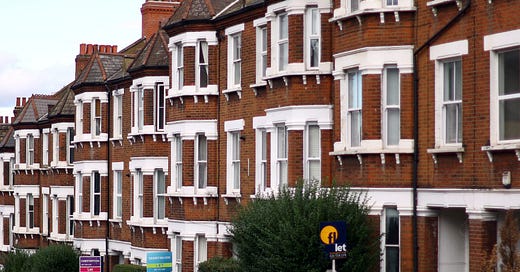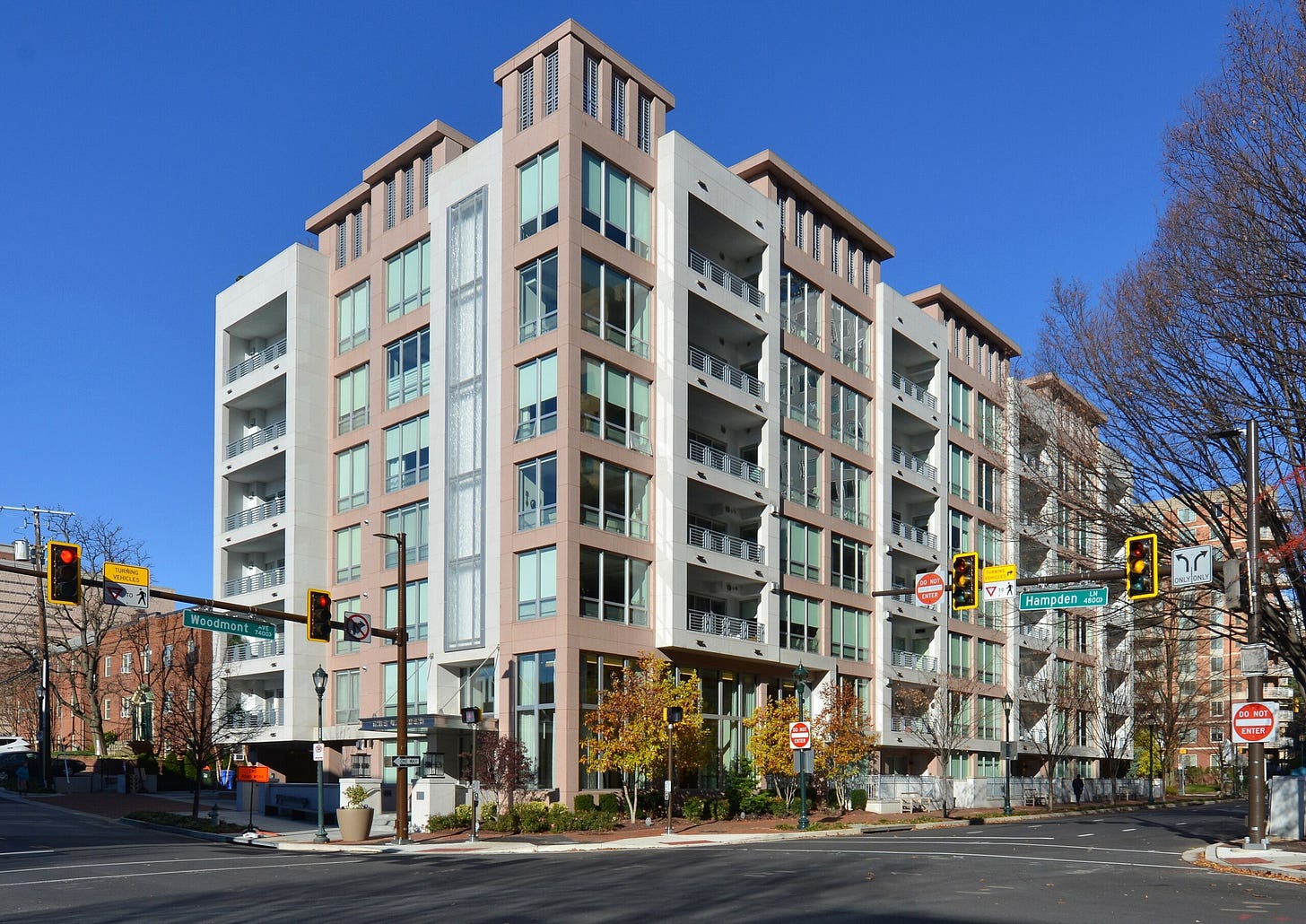Is the UK Housing Plan a Model for the US?
What combining YIMBYism and government-led housing looks like
Sometimes you read a sentence and it inspires a 2,000-word blog post. That happened when I read this quote by an Open Philanthropy managing director about their new $120 million Abundance and Growth fund: “We think that land use is an unusually leveraged area…By changing a couple of rules, you can then let private capital that wants to build stuff go build it. And that seems potentially high return.” It struck me that private capital is having problems building these days, even in places where the rules have been changed.
Let me back up: for the past several years, much of the YIMBY movement has been characterized by the belief that if government just got out of the way with its bad zoning, burdensome regulations, and community input, developers could build the housing they want and they’d build enough of it to actually bring housing prices down. This theory of change makes a lot of sense: 75 percent of all residential zoning is set aside for single-family homes — the most expensive and inefficient housing type — and if you could unlock even just a small fraction of that land mass, we’d have so much more housing. This perspective particularly made sense in the 2010s and first two years of the pandemic when mortgage interest rates and commercial lending rates were below 5 percent.
But after interest rates rapidly increased in 2022, this model hasn’t quite worked the same as it once did. Private capital is having a very hard time penciling out right now: the cost of land is high, the cost of materials is high, the cost of labor is high, and the cost of debt is high. Talk to developers about why they aren’t building as much right now and they will tell you their problem isn’t so much government, it’s the math. Yes, we still need YIMBYism and the Abundance movement to fight for more by-right development, faster permitting, better building code, etc. because without that we’re truly sunk — but changing a few rules is not going to entirely change the math in many cities.
And in a special bit of irony, a lot of developers are pointing to private capital for our current lack of development. Banks are really pulling back on multifamily development. Some developers just can’t get the debt they need to make deals work.
According to an October 2024 Marketplace report:
“Banks have reduced credit access for multifamily developers in fairly large margins, so multifamily developers are having a hard time finding financing,” said Jackie Benson, an economist with Wells Fargo.
Banks, she said, see the phrase “commercial real estate” and it’s a no for them.
Look no further than real estate guru
’s recent LinkedIn post for another note about how the funding landscape is changing:Another private market factor that’s crimping where and how new housing gets built: insurance. For example, government is trying to make it as easy as possible to build in LA right now, but who wants to build housing that isn’t insurable?
Current conditions are pretty different than they were just five years ago. And some of the most urgent and large-scale opportunities for residential development are being offered in unconventional sites, such as properties owned by faith-based institutions and old office buildings that need to be converted. These non-traditional properties require creative approaches and sometimes complex financing that won’t get solved by simply changing zoning.
It’s going to make Libertarian-leaning real estate folks unhappy to say this, but: to build a lot of housing, and fast, I think we’re going to need the public sector to step up in many instances — not just step aside.
Like 1.5 million new homes in Oregon
I’ve been casually studying the housing push underway in the UK since Keir Starmer took office as prime minister last year. It’s got me thinking a bit about how you can both try to reform government and work with it to build housing.
I tend to hate comparisons between the US and other countries– the US is unique because of its size, diversity, its 20th century development patterns. But I do think it might be useful to look at the UK, because they have had a similarly bad housing crisis in recent years, a similarly bad record of building housing, and similarly bad record of NIMBYism.
But despite our similarities, the US and the UK are approaching housing completely differently right now.
Their national government is leading the charge on housing whereas our national government — and many of the leading movements focused on housing — are still convinced the best way forward is to reduce government involvement. Just listen to J.D. Vance’s speech to the National League of Cities where he touted zoning, but failed to discuss all the other ways government could speed housing production.
The UK work has a YIMBY bent to it, but also a set of values —brownfield first, greybelt second, affordable homes, boost public services and infrastructure, and improve genuine green spaces—that are guiding the development. The YIMBY and Abundance movements in the US tend to just want more housing built, wherever, however.
We’re gutting our government bureaucracy. Meanwhile, I’ve heard that UK government pays salaries that are competitive with the private market (all of which is much lower than US salaries, but still), resulting in a pretty sophisticated government housing workforce.
Keir Starmer’s plan envisions 1.5 million new homes over five years. The UK’s population is roughly one-fifth the size of the US and its land mass is about the size of Oregon. (For comparison, Oregon permits less than 20,000 homes per year.) Even the UK government has said this is “biggest building boom” in a generation. Adjectives like “historic” and “seismic” are being thrown around.
Let’s dive into how the UK plans to build so many homes and why it will be so important to see not only which country builds more housing per capita, but whose housing stock is more actually more affordable — because isn’t that supposed to be the whole end game of YIMBYism and the Abundance movements?








